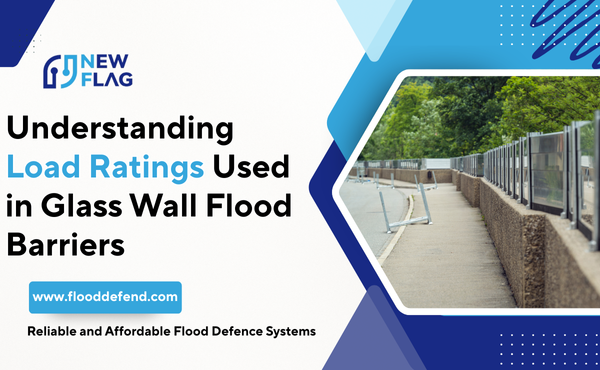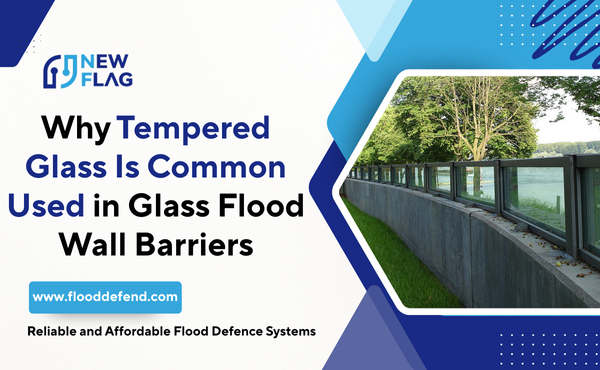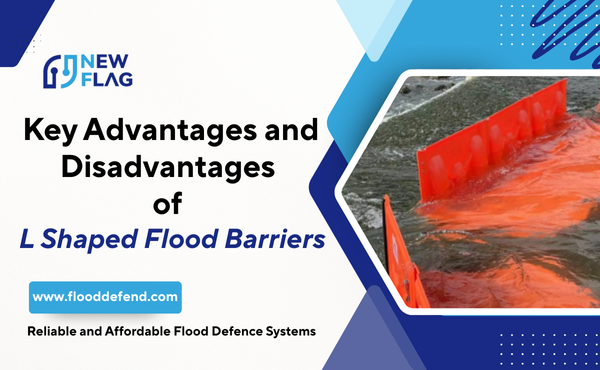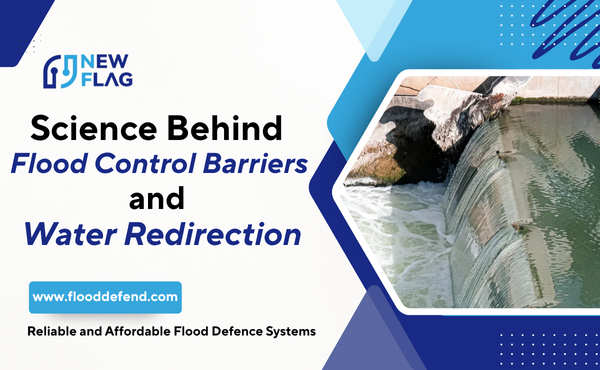Introduction
Flooding is a growing threat for homeowners, especially in low-lying or coastal residential areas. With extreme weather events becoming more frequent, protecting your home from flood damage is no longer optional—it’s essential. One of the most effective ways to defend your property is by installing a water barrier for flooding. But how do you choose the right one for residential use? This article walks you through key considerations, with a special focus on the innovative NEWFLAG Automatic Flood Barrier.
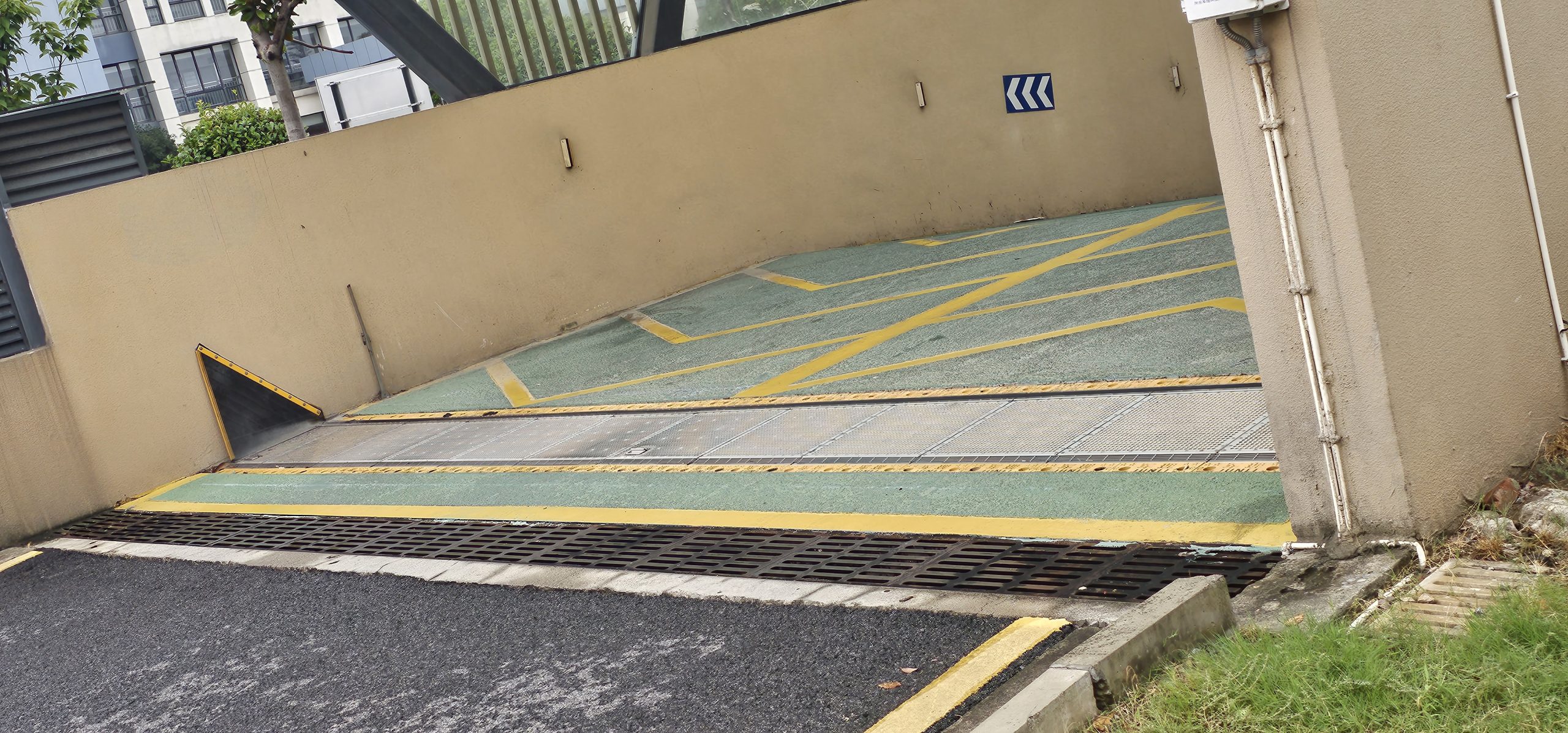
1. Understand Your Flood Risk Level
Before selecting a barrier, assess your property’s flood risk. Consider the frequency and severity of flooding in your area, your home’s elevation, and the typical water entry points such as doors, garages, and windows. A proper risk assessment helps you decide whether you need a permanent or deployable barrier, and what height of protection is necessary.
2. Choose an Automatic vs. Manual System
Traditional water barriers often require manual deployment, which can be risky or impractical during sudden flooding. This is where the NEWFLAG Automatic Flood Barrier offers a major advantage. It is hydrodynamically driven, meaning it automatically lifts when rising flood water reaches it—no electricity, no motor, and no human intervention needed. When the flood subsides, it lowers back down on its own. This smart design ensures rapid, hands-free protection exactly when you need it most.
3. Evaluate Ease of Installation and Use
For residential areas, it’s important to have a system that is easy to install, operate, and maintain. The NEWFLAG barrier is modular and customizable, designed to fit various doorway widths. It comes with a bottom frame, a lightweight floating barrier panel with a non-slip surface, and end sealing rubber that attaches to the side wall for a watertight fit. Its simple structure reduces complexity and makes it easy to repair or replace if needed.
4. Prioritize Passive Protection Over Active Systems
In emergency situations, systems that rely on electricity or human response are more prone to failure. Passive systems like the NEWFLAG flood barrier work automatically with natural flood movement, reducing the risk of operational failure. Additionally, because it can also be manually lifted by an adult, it offers flexibility when needed.
5. Consider Long-Term Durability and Maintenance
A good flood barrier should last for years with minimal maintenance. The NEWFLAG system is designed with durability and reliability in mind. Its robust materials withstand repeated exposure to water, and the straightforward design limits wear-and-tear points. Regular checks are simple and repairs, if ever needed, are quick and low-cost.
6. Adaptability and Aesthetic Integration
In residential settings, a water barrier shouldn’t detract from the appearance of your home. NEWFLAG’s barrier sits flush with the ground when not in use, preserving the aesthetics of your entranceways. Its modular design allows it to blend into various architectural styles while remaining unobtrusive.
Conclusion
Choosing the right water barrier for flooding in residential areas involves more than just height and material—it’s about responsiveness, ease of use, and peace of mind. The NEWFLAG Automatic Flood Barrier checks all these boxes and more. With its hydrodynamic-driven activation, customizable modules, and fail-safe passive operation, it’s an ideal solution for homeowners who want effective, low-maintenance flood protection without sacrificing convenience or style.
Looking to protect your home from future floods?
Explore how the NEWFLAG Automatic Flood Barrier can be tailored to your home’s needs—effortless protection when it matters most.


